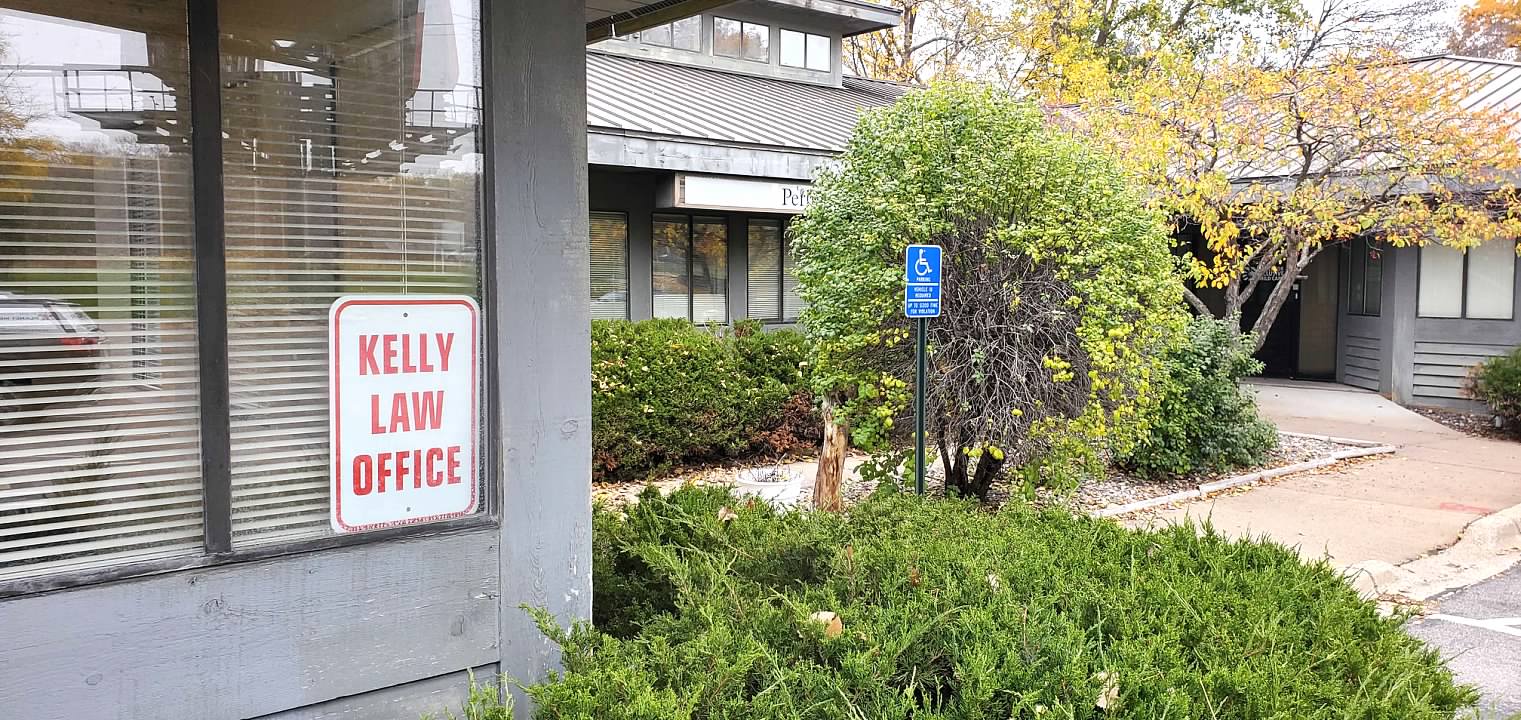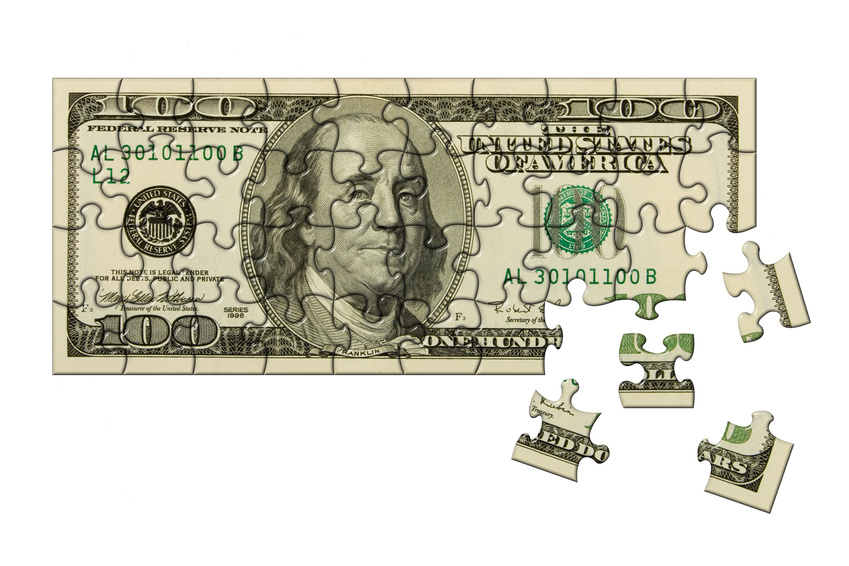In either a Chapter 7 or Chapter 13 bankruptcy in Minnesota, once it’s established that you qualify to use the federal exemptions, the most important exemption of all is probably the one they call the “wild card” exemption. It is also sometimes called the “catch all,” and is provided for in 11 USC 522 (d)(5). You might hear me call it “the d 5.” Here’s a video I posted recently on the subject.
Yes, sorry the lighting and sound are terrible on this video, but I’ve leaving it up because the content is valuable.
The exemption has a minimum of $1,225 and a maximum of $12,725. Most of my clients qualify for the maximum. It’s called the wild card or catch all because it can be applied to any asset. Unlike all other exemptions, the asset does not have to fit into a particular category before it an be exempted under the wild card. The best thing about it probably is that it can be used in combination with another exemption.
For example, say you have a car that has equity of $4,675. It has a KBB private party value of $9,675, but there’s a car loan with a balance of $5,000. First I would claim the federal automobile exemption which is $3,675. Then I would apply $1,000 of the wild card to take up the slack. Now the car is 100% exempt. My client gets to keep the car. The trustee can’t have it. And my client still has $11,725 of wild card to apply to other assets.
In a joint filing by a married couple, each party has their own wild card exemption of up to $12,725. If all the assets were joint, that would have the effect of doubling the wild card for them. However, I’ve never seen a couple yet that owed everything jointly. Most couples have a hodgepodge of assets – some his, some hers and and some theirs. This would be worse yet if Minnesota were a community property state, but we’re not. I often find that I have to take out a pad of paper and make columns listing his wild card items and her wild card items separately, so I can make sure that neither column exceeds the $12,725. It’s quite unusual to see a situation where those limits are exceeded, but I have seen it happen. Using a note pad is a pretty low tech way to figure it out, but my soft ware doesn’t do that job for me.
Getting the exemptions right is quite tricky. Be sure you have a lawyer who knows what he or she is doing, and don’t even think of trying to do the case yourself. Failure to properly exempt assets is one of the most common mistakes made by people who try to represent themselves in the bankruptcy court.
This is for general information only, is not legal advice, and does not create an attorney-client relationship. I am a debt relief agency. I help people file for relief under the federal bankruptcy code.












